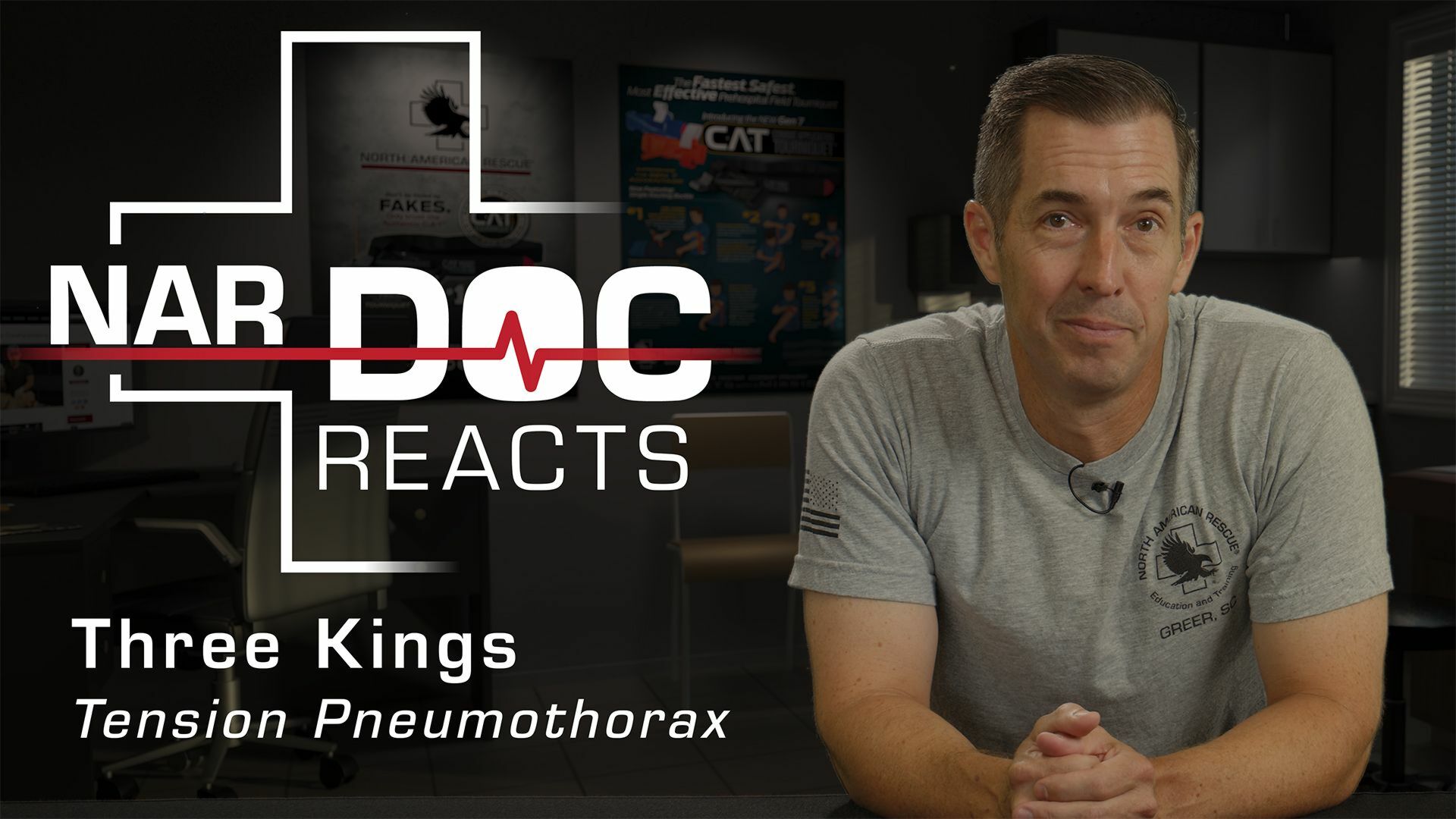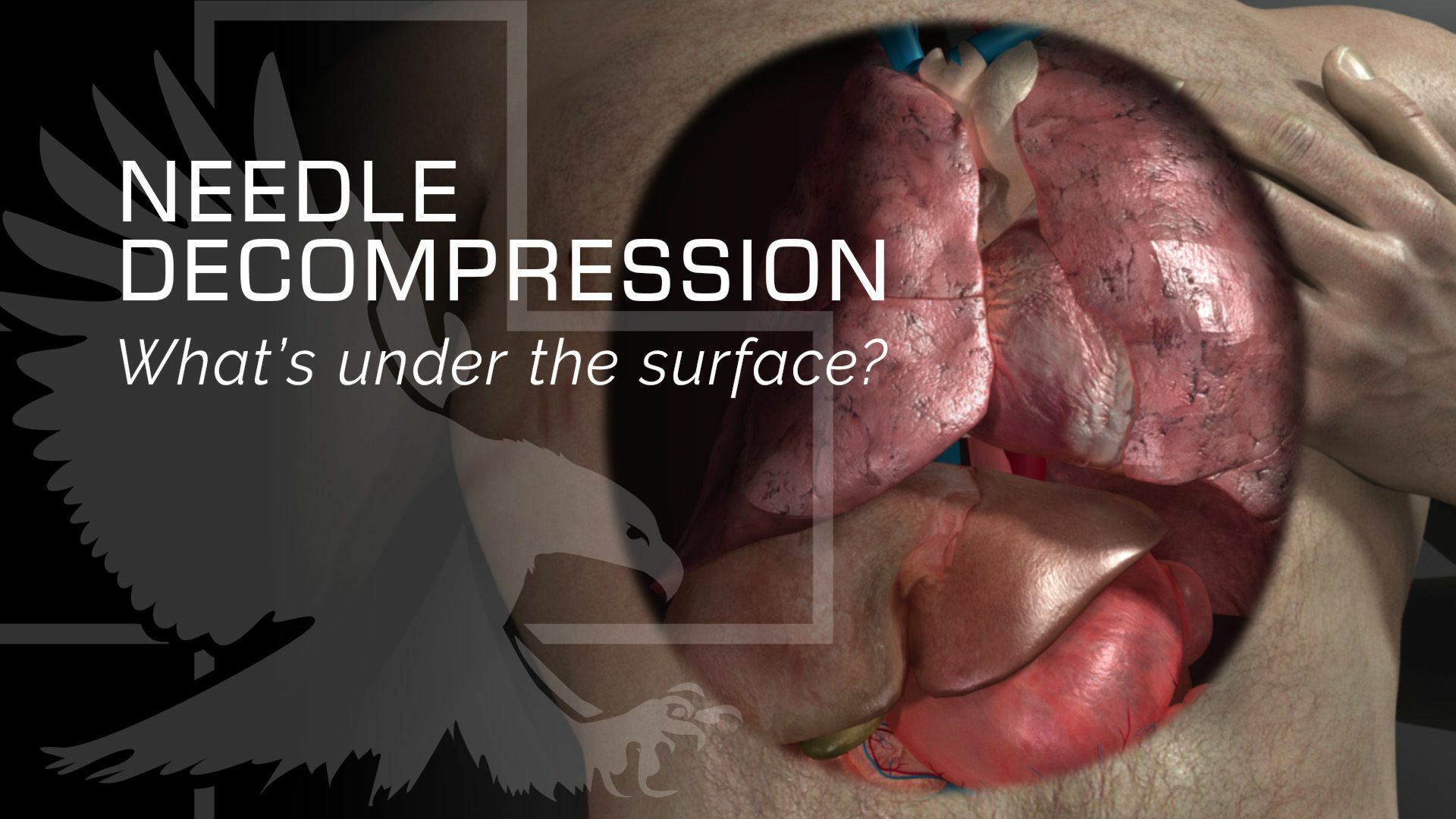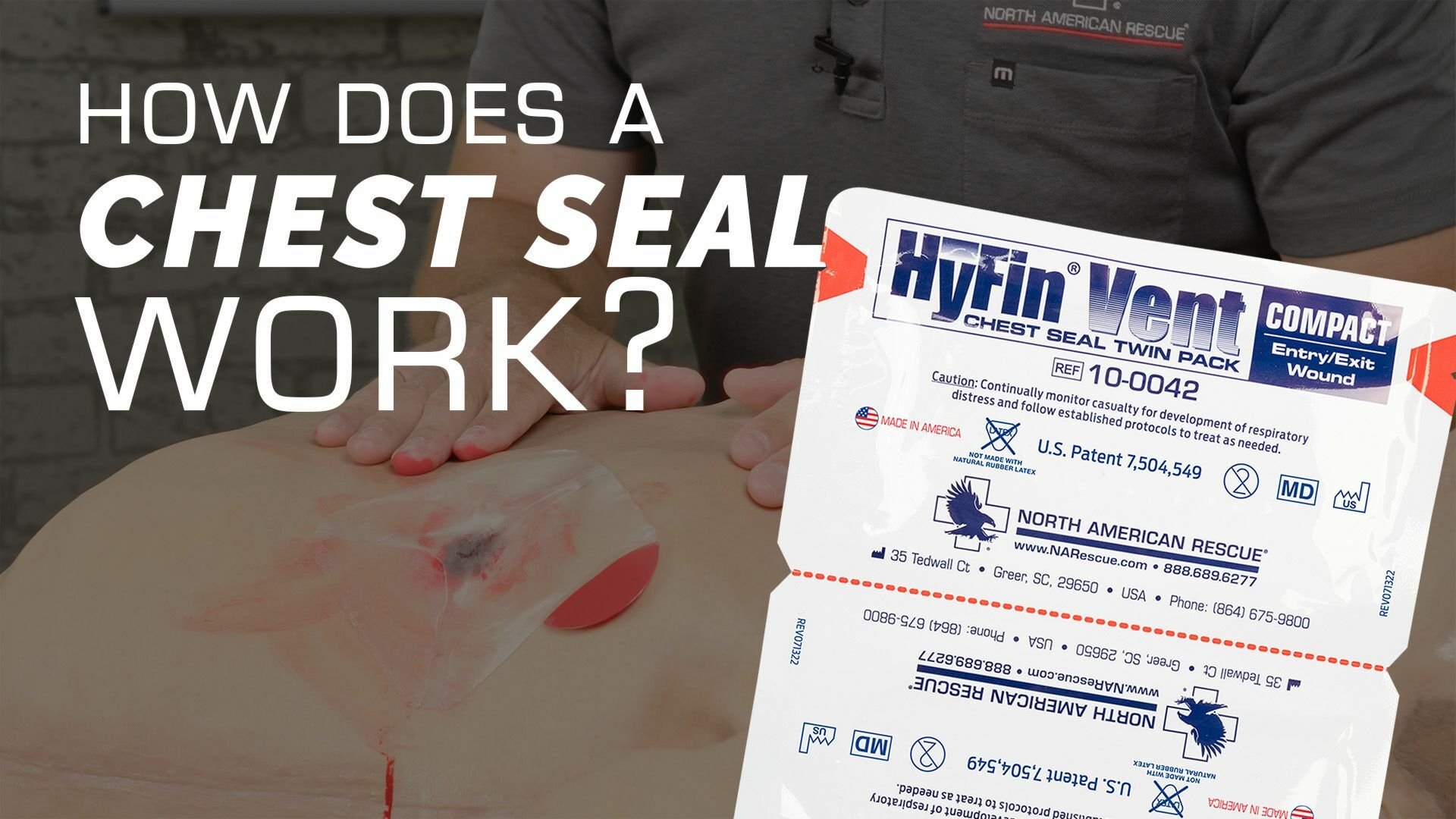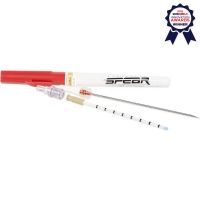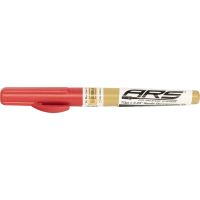Hey guys, Doc Miles. We're doing a NAR Doc Reacts to the Three Kings video. I'm sure a lot of you have seen this one, but it's a good look at a tension pneumothorax. Maybe not the best way to treat it, but an interesting look. So, Marky Mark here gets shot in the chest. And this tension pneumothorax is developing in him, actually probably quite a bit faster than it would happen in a spontaneously breathing patient.
Ventilated is a different story, but it actually takes quite a bit of time for a tension pneumothorax to happen, and you're not going to see it happen that quickly. So, here they shoot the gunshot wound. That gunshot wound actually looks a little bit low. It's probably more an abdominal one. But now we see a rendering of that right-side lung. And what's happening here is air is coming out of the lung and it's coming into that pleural space. So we get a quick diagnosis just by putting your ear on the chest, not typically how we diagnose tension pneumothorax. But as he keeps taking breaths, air exits the lung and it goes into that pleural space, which there's not supposed to be a space normally.
And it starts building up pressure and pressure. Often we think that that pressure or that lack of breathing through that lung is what causes you to die, but it's not. It's that pressure that collapses your IVC and then you don't have blood returning to the heart. So here he's doing a needle decompression.
It's hard to tell the location, but it looks like he's very medial. So I'd be worried about hitting the heart right there. Yep. Not a good location to go. So that needle is going to go into that pleural space. He's got a three-way valve on there for some reason, and as he opens it up, it lets that air out of the chest cavity, and that lung starts to expand.
Now, this is early on in the Gulf War, and we've got much better devices like the Enhanced ARS to do this. So typically we do not want to leave a hard needle that's very sharp in place in the chest. That's just going to do more damage, but we would leave the catheter in there. So definitely not the preferred diagnostic or treatment way to go on a tension pneumothorax, but thanks to the magic of Hollywood, it worked out well for the victim.

